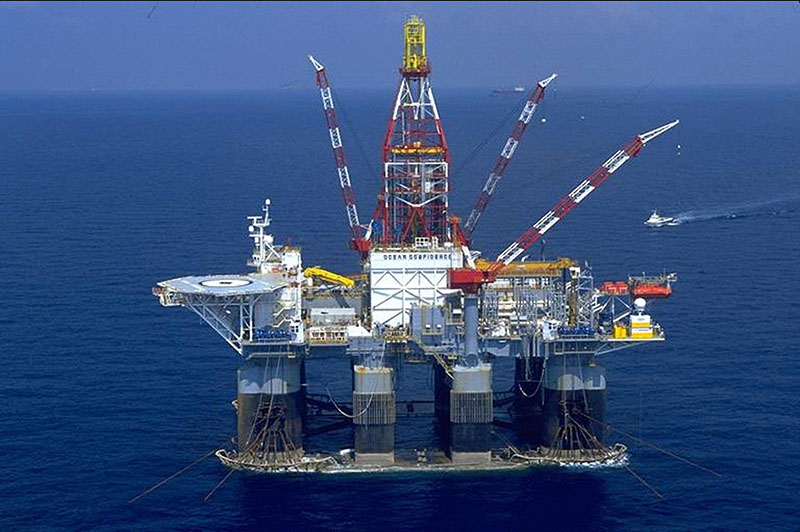Until the surprise Brexit vote in the U.K. at the end of last week, momentum was building for the oil industry's slow recovery from the deep depression over the past 18 months.
The decision of the British people to leave the European Union sent the value of the U.S. dollar sharply higher, which depresses the price of commodities traded in that currency. With thousands of industry workers laid off due to record low drilling activity following the price collapse, the near doubling of oil prices to $50 a barrel over the past couple of months had given these workers hope that drilling and oilfield activity might soon pick up. Will their hopes be dashed by what happened last week?
When oil prices reached $50 bbl. several weeks ago, almost immediately the Baker Hughes weekly drilling rig count posted a surprise increase in total rigs, with the gain concentrated in those rigs drilling for oil. That weekly increase was followed by subsequent weekly increases in both total and oil-directed rigs as the oil price vacillated between $48 and $51 bbl. Unfortunately, while the overall weekly rig count was rising, the offshore Gulf of Mexico component has failed to show any progress.
Oil price forecasters are predicting that the nearly 600,000 bpd decline in domestic oil output over the past eight months will continue due to the lack of drilling. Those forecasters now see oil production falling by upwards of 900,000 bpd this year, which will help speed the rebalancing of global oil supply and demand.
The oil market has benefitted from the 2015 and early 2016 low oil prices. In fact, the increased consumption spurred by low oil prices recently prompted the International Energy Agency to boost its forecast for 2016 demand by 100,000 bpd, from 1.2 million to 1.3 million bpd on average. That increase represents about a 1% rise in global oil demand. When coupled with the unanticipated increase in supply outages in Nigeria (terrorism), Canada (wildfires), and now Venezuela (major political instability), the IEA is now talking about a balanced oil market in the fourth quarter of 2016 rather than the first half of 2017. That’s good news!
It appears that $50 bbl. is the price threshold at which land drilling activity begins anew, although some oil company CEOs say that the price needs to rise to $60 or $70 bbl. before they will feel comfortable boosting their drilling activity. What the rise in the rig count and the talk of CEOs tells us is that every company has a different stress level. These developments are good for the whole industry as increased activity means more and better job prospects on the horizon.
Offshore the outlook isn’t as encouraging. Data from the U.S. Energy Information Administration shows 500,000 bpd of new Gulf of Mexico output this year. Some of that increase will offset older fields’ declines, so there will be a net gain of 370,000 bpd of production. Oil output in the Gulf of Mexico this year is targeted to reach 1.91 million bpd, a 24% increase over 2015 production, and a new record surpassing the peak set in 2009, the year prior to the BP Deepwater Horizon disaster. The production increase this year reflects both the start-up of some fields that commenced development when oil prices were in the $100-bbl. range, plus the adoption of new technology for developing satellite wells in or adjacent to existing producing fields. Some of these wells are projected to have 70% returns with oil prices at $60 bbl.
Higher oil prices will speed a resumption of oilfield activity, but offshore wells in the Gulf of Mexico will struggle with output increases due to low-cost satellite wells. A recent industry spending forecast by consultant IHS showed that offshore spending would continue to decline through 2017 before starting to rebound in 2018. That pattern trails the conventional outlook for the recovery of the onshore business by a year. While this outlook is disappointing, signs of the overall industry recovery are positive. Moreover, the speed of the industry collapse in 2015 may signal that the recovery could come sooner and be more robust than forecasters predict.



.JPG.small.400x400.jpg)

